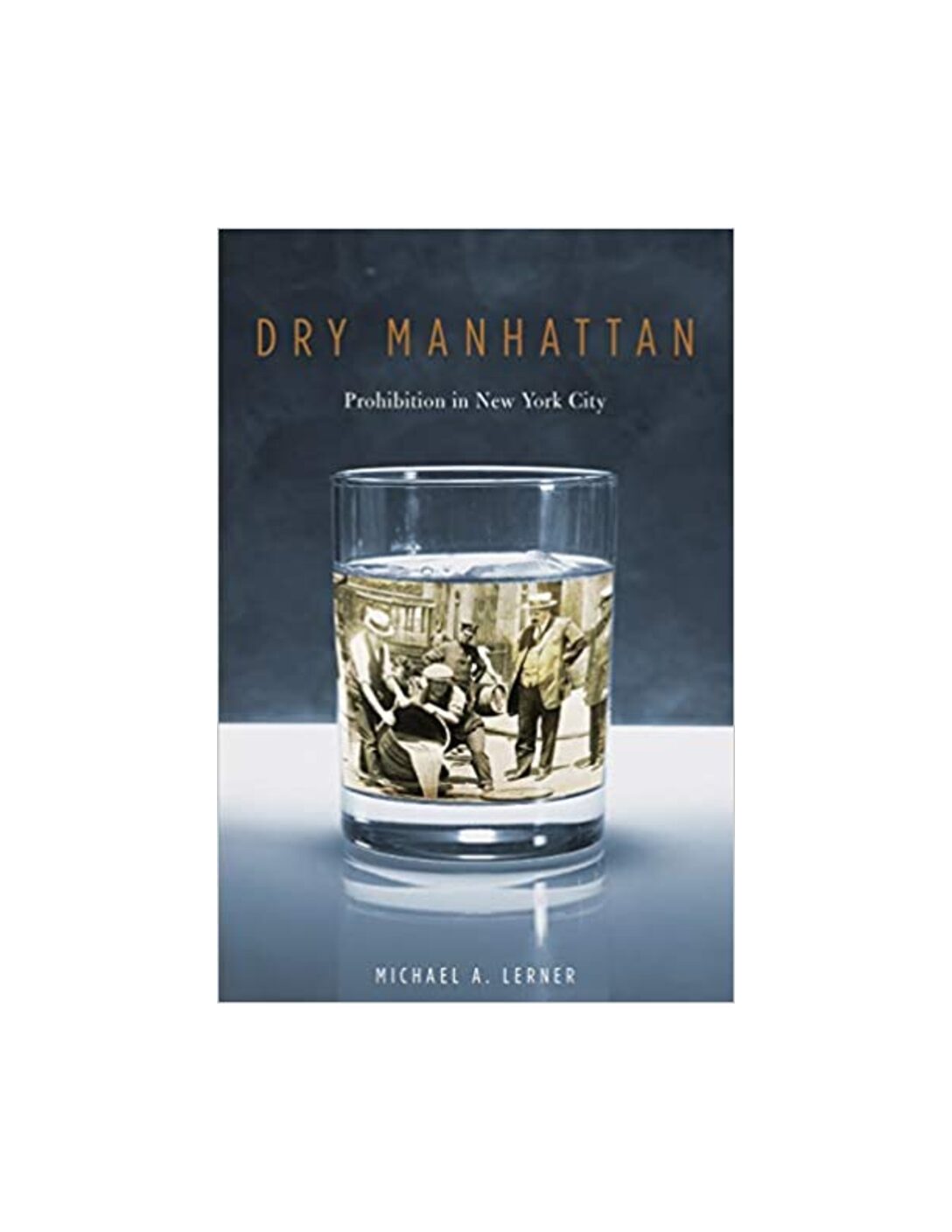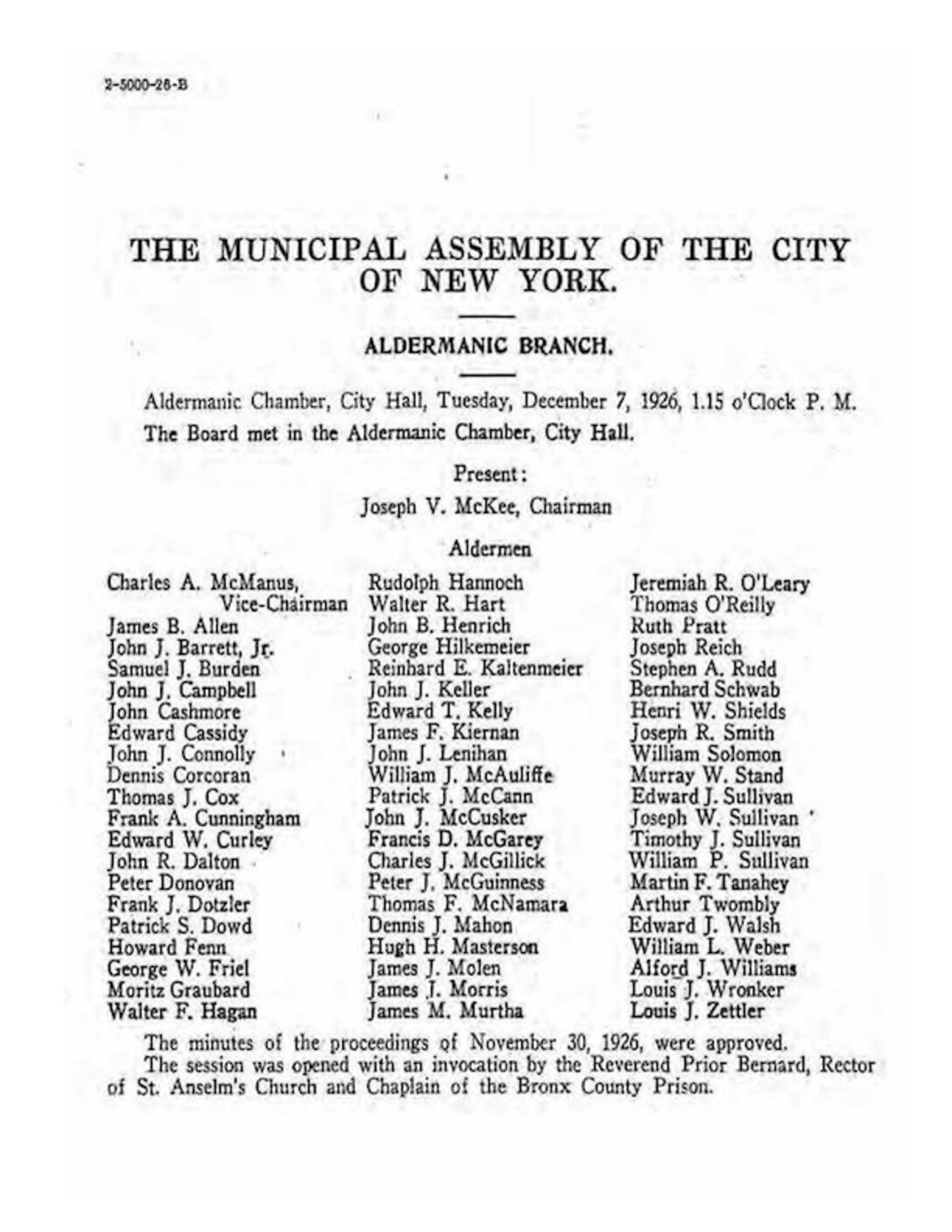If one gives credence to those who claim that the 1926 Cabaret Law was intended to close down Harlem night clubs, this well known 1932 drawing/map shows the thriving club scene in Harlem, only mentioning the 500 speakeasies.
Document Category: Cabaret Law
The Cabaret Law did not target black venues when allegedly not allowing jazz instruments in non-licensed establishments.
When challenged, those having a belief that the Cabaret Law was racist justify their belief by claiming that the Cabaret Law allowed classical music instruments playing in non-licensed establishment, and prohibited typical jazz instruments thereby targeting black establishments. There are several problems with this claim: those provisions were placed in the Cabaret Law in 1961 as a way to liberalize the law allowing some live musical performance. This belief ignored the large number of non-black musicians playing jazz during the Jazz Age and the Flapper era. The second reason oft cited for this belief in the language to the introduction of the 1926 bill.
Dry Manhattan Michael A. Lerner Harvard University Press 2007
Published by Harvard University Press in 2008, historian Michael Lerner’s Dry Manhattan is an exhaustive history of prohibition in New York City. Lerner wrote that “It has been argued that Walker’s cabaret law was later used to regulate jazz clubs and, in particular , interracial dancing in Harlem clubs, but there is little evidence that this was the case during Walker’s administration.” Lerner researched the contemporaneous Harlem newspapers and magazines for the Renaissance Era, apparently finding no evidence that at the time the Cabaret Law and in the following years, there was no evidence to support this claim.
1926 Cabaret Law as Enacted
1926 Cabaret Law: A LOCAL LAW to regulate dance . halls and cabarets, and providing for licensing the same. Very many have opinions and views about the 1926 Cabaret Law, but never have read the law, since it is not available on databases such as Westlaw and Lexis. We obtained the text of the law here from the Archives of the City of New York. Many claim the law was racist and was aimed at black jazz venues was their mistaken belief that the 1926 Law supposedly included a restriction prohibiting drums and saxophones in cabarets. But, such a provision was not added until 1961, and was a relaxation of the law to allow stringed instruments including guitars and violins.
“Cabaret Law Repeal lets New York City Dance – as long as you’re zoned for it” – news article 11/29/2017
Journalist Derek Evers wrote this article at the time the Cabaret Law was repealed in November 2017 – pointing out the relative meaningless of the repeal, the dancing ban in many districts under the Zoning Resolution, and the dancing restrictions imposed by the State Liquor Authority. The accompanying photo shows City politicians patting backs on the repeal, which was followed by five years of failure to address the real issues.
Muchmore’s Cafe, LLC v. City of New York 2014 Docket
Muchmore’s Cafe, LLC v. City of New York 1:14-cv-05668 (USDC EDNY 2014) View Docket at Court Listener with Links so All Filings
Chiasson v. NYC Dept. of Consumer Affairs 1988
The New York Supreme Court in the second Chiasson case in 1988 held that limiting the number of musicians who can play at unlicensed establishments to three is not constitutional.





